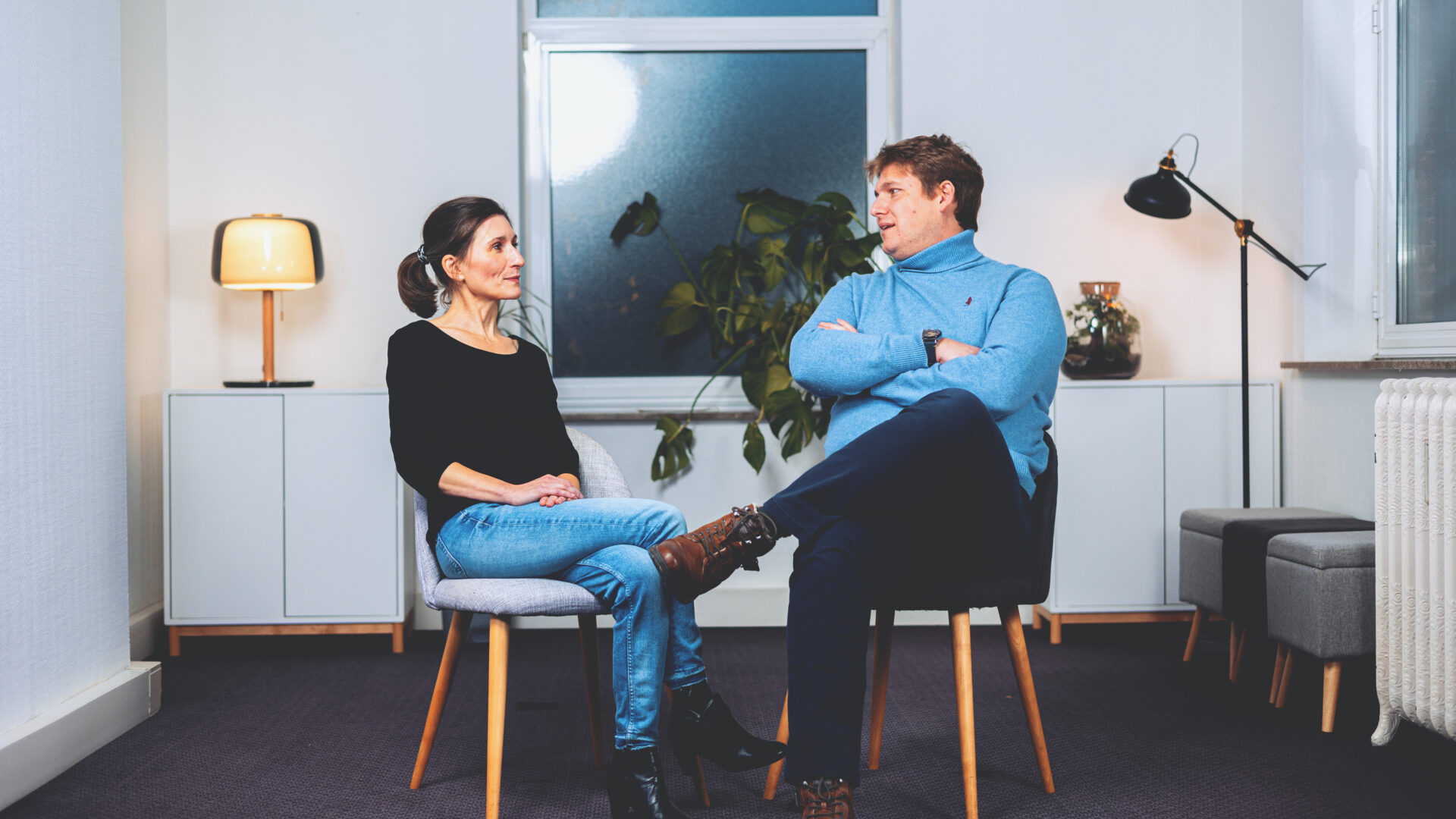Intellectual property turned into intellectual capital for Kommpo's CEO

Guillaume launched Kommpo with two other associates at the end of 2019. The company produces 100% recycled packaging. He became interested in intellectual property when he started to sell his products.
-
The basics

-
Discover a young entrepreneur's journey into IP

-
3 tips on IP

“It is never too late to engage with an intellectual property approach”, explained Marie-Carmen Bindels, Innovation Centre Advisor at Wallonie Entreprendre (WE). “We can always "set the wheels in motion". Indeed, intellectual property concerns the whole company, whatever its stage of life, because it draws on the business plan.”
Guillaume added: “Above all, start to think about it when there is something concrete: at the beginning, we were using a different logo. Thankfully, we didn’t register the first one. This would have made no sense and would have cost money.”
For Guillaume, in his own experience, intellectual property can be considered when there is something tangible: “Our plan made sense as soon as we started selling to clients. It was at that moment that we decided to formalise our expertise.”
Developing intellectual property action plans
Marie-Carmen believes that intellectual property should not be seen as a problem to be solved, but rather as a support for the business plan that benefits the entrepreneur: “Intellectual property is developed according to the intended territory or territories, the target segment or segments, the financial and human resources of the company ... It specifically safeguards the expertise of a plan that exists within a context of company creation or growth, markets carefully delineated in advance, and finally, it does this on a medium- and long-term basis.”
For the three KOMMPO associates, the first steps in intellectual property were not obvious: who should we contact? What are the requirements? What should we start with?
These young entrepreneurs sought the help of Charleroi Entreprendre, a support organisation, which contacted the WE innovation centre for the intellectual property aspects. They then met Marie-Carmen who suggested a personalised and confidential meeting, at the end of which an action plan — a sort of ‘roadmap’ — was suggested to them.
It is never too late to engage with an intellectual property approach.
Clarify the activity from the start
“At the beginning, it was a bit of a jungle: I saw a procession of slides and a to-do list that was getting longer and longer. Faced with this mass of information, we drew up a step-by-step action plan with Marie-Carmen, which obviously helped.”
Right after the meeting, Guillaume and his associates also set intellectual property goals tailored to the business plan. They even went further: Marie-Carmen's ideas and recommendations encouraged them to consider the entrepreneurial plan for the next 5 to 10 years.
Intellectual property also structures internal relations between associates and external stakeholders, with interns, partners, and of course clients. "Disclose as much as you can”, Marie-Carmen added.
For Marie-Carmen, intellectual property can be understood as a strategy: “The simple act of formalising the initial foundations (the ‘intellectual capital’, in other words) of the business proposition, by implementing protective measures, is a sign that the business plan is mature. It increases, to some degree, its chances of success and growth.”
For me, it is really the guarantee of a business model in which all aspects have been thought through, a strategic trust-based way to entice shareholders and investors.
A real commitment for the future
Before taking any intellectual property-related action, Marie-Carmen clarifies the requirements with entrepreneurs. “Many start-ups come and see me because they are afraid that "their idea will be stolen", or conversely, that they will be accused of infringement. We need to overcome this idea or this fear by asking the right questions: which part of my expertise needs to be protected and kept secret and what can I disclose and make visible by registering the intellectual property right and the brand?”
For Guillaume, reflecting on intellectual property as a whole also enabled him to budget for the investment that is related to implementing the ‘roadmap’ or action plan. “I hadn’t calculated the costs related to intellectual property into my financial plan. Moreover, I know that this is a question investors ask again and again: what are the financial arguments, in terms of return on investment, that are going to cover the expenses incurred to prevent the plan from being copied?”
For Kommpo, intellectual property identified the strength of the plan compared to competitors and, above all, gave more credibility to their entrepreneurial approach. “For me, it is really the guarantee of a business model in which all aspects have been thought through, a strategic trust-based way to entice shareholders and investors.”